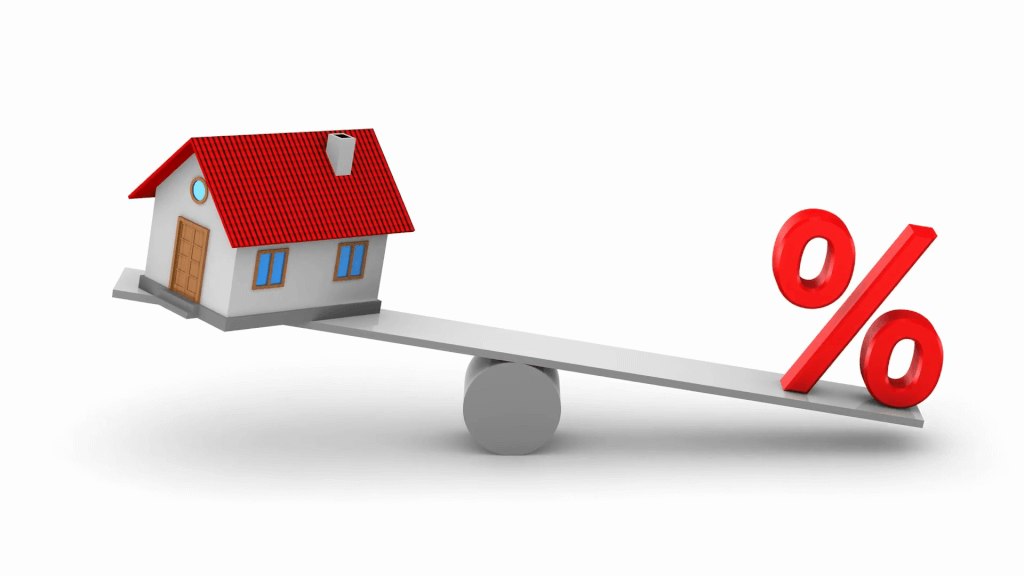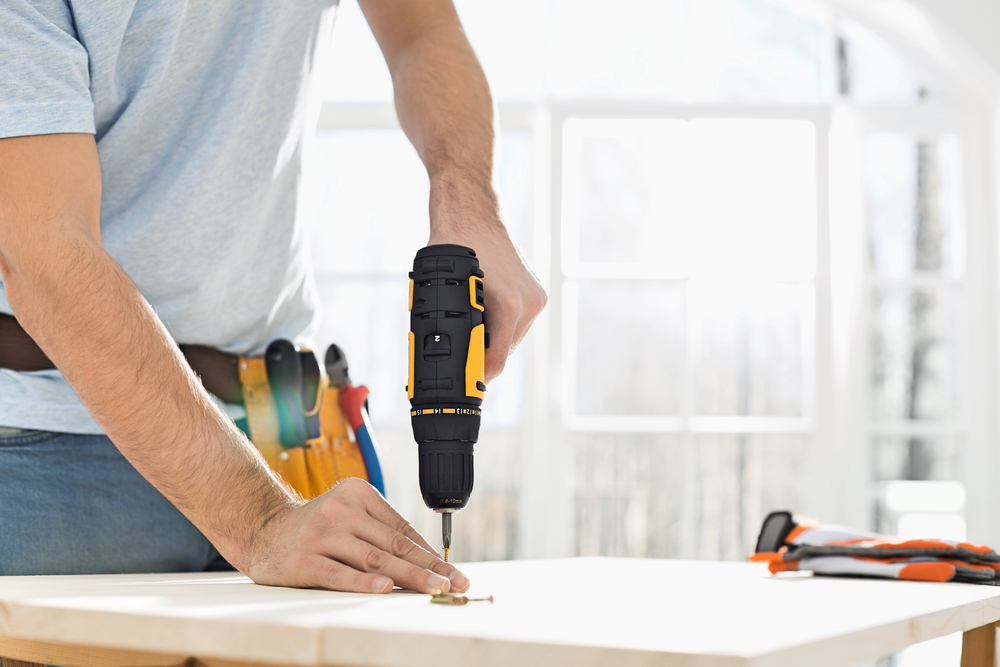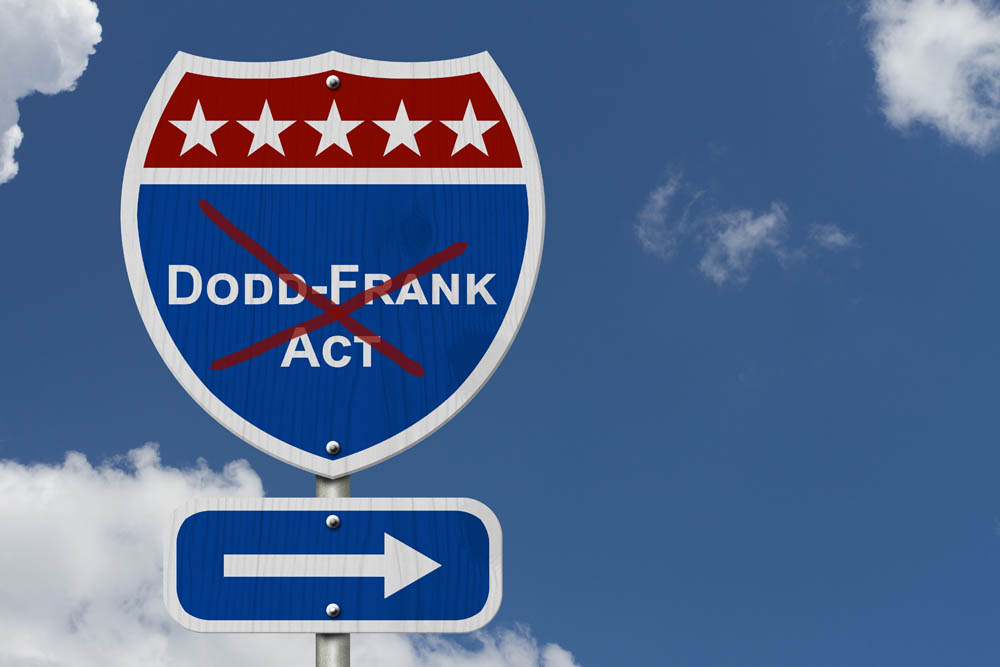
Rising Interest Rates Highlight Need For New Mortgage Products
When the Federal Reserve finally raised interest rates in early December, borrowers across the country promptly began receiving notices from mortgage and credit card lenders of increases in their mortgages, equity lines and credit cards. While the Fed increase and corresponding consumer increases were only .25%, industry experts believe that 2016 will see a shift in consumer focus to a desire for low down payment mortgage loans. Borrowers seem to have the income to be able to handle the small payment increases caused by the current and possible future rate increases. However, the ability to obtain credit due to perceived lender requirements of large (typically 20%) down payments, coupled with the increasing cost of housing is causing potential new home buyers to rethink whether they can afford to get into a new home and risk becoming “house poor”.
The fact is that lenders do not “require” a 20% down payment. Rather, 20% is generally the threshold that exempts a borrower from having to pay PMI. Payment of PMI is distasteful to most buyers as it benefits only the lender or loan guarantor (Fannie Mae, Freddie Mac, etc.) in case of a default and is not otherwise tax deductible. But if the option is to expend your entire savings on the down payment, payment of PMI might be a better option.
Recognizing the need to make lower down payment loans more readily available, in late 2014, FHFA Director Mel Watt instructed his company and Freddie Mac to begin buying loans with as low as 3% down payments. This should encourage more lenders to offer more lower down payment products in 2016. Of course, these loans will require PMI, but if home values continue to increase at their current rate, the PMI requirement could be eliminated within 4 to 5 years thereby reducing a borrower’s monthly payment.
In addition to lower down payment products, borrowers need the ability to use their equity more readily. And, products need to be created that make it easier for self-employed individuals to obtain credit. Because these borrowers often have irregular income, the self-employed often do not meet federal underwriting standards.
Although more products are needed, the following are a few low down payment programs that are currently available:
- FHA 3.5% down payment loans – the down payment may be entirely gift funds, borrower’s credit score can be as low as 500, allows recent short sales, foreclosures and bankruptcies through the “Back to Work Program”, may borrow up to $625,000 in high cost areas.
- Home Ready Mortgage – 3% down payment – through Fannie Mae, income of all occupants in the home is considered. Perfect for multi-generational home as income of parents would be considered as would the income of working children. Broader income is also included such as non-zoned residential units.
- Conventional 97 – 3% down – through Fannie Mae and Freddie Mac. Gifted funds from relatives allowed. $417,000 cap. Only for single family homes. Fixed rate loans only.
As housing prices and interest rates increase in 2016, lenders will look for different ways to help borrowers make the best choices to make new homes affordable. Borrowers should study their options carefully and make sure that the loan product matches their financial goals.




No Comments
Sorry, the comment form is closed at this time.